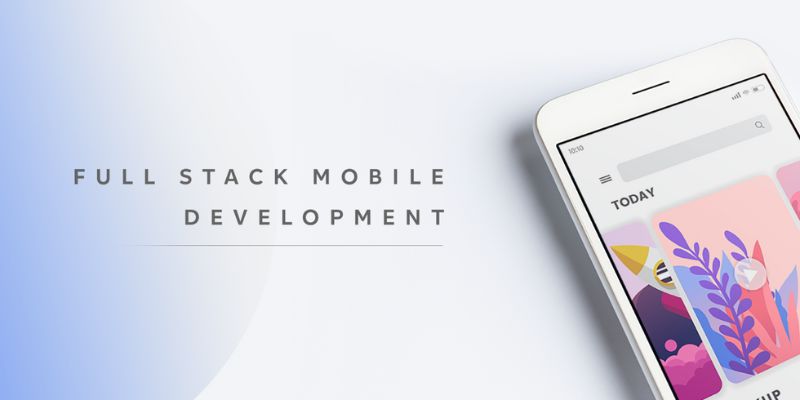Creating a mobile-friendly website or application is more crucial in today’s digital world. As mobile usage continues to rise, developers must ensure their Full Stack projects are optimized for various devices. By incorporating strategies from Full Stack Developer Course in Coimbatore, you can ensure your project meets these demands effectively. In this blog, we’ll explore the key strategies to build a mobile-friendly Full Stack development that delivers an exceptional user experience across all screens.
Understanding Mobile-Friendly Design
A mobile-friendly design ensures your website or application looks and functions well on mobile devices. This includes adapting to different screen sizes, orientations, and resolutions. To begin, focus on responsive design principles. Responsive design allows your content to adjust automatically based on the device’s screen size. This approach uses flexible grids, images, and CSS media queries to create a seamless experience for users, whether they’re using a smartphone, tablet, or desktop.
Choosing the Right Technologies
Selecting the appropriate technologies is crucial for mobile-friendly development. On the front end, frameworks like Bootstrap or Foundation offer built-in responsive design components that simplify the process. For more control, you might use HTML5, CSS3, and JavaScript to create custom responsive layouts. On the back end, ensure that your server-side technologies, like Node.js or Ruby on Rails, support mobile optimizations, such as fast loading times and efficient data handling.
Optimizing Performance
Performance optimization is essential for mobile-friendly development, especially for those learning about it through Full Stack Training in Coimbatore. Mobile users often have varying internet speeds, so ensuring your site loads quickly and efficiently is vital. Techniques such as image optimization, lazy loading, and minimizing the use of heavy scripts can significantly improve load times. Additionally, using content delivery networks (CDNs) can help distribute content more effectively, reducing latency and enhancing the user experience. Mastering these techniques is a key component of the Full Stack Developer Training Institute in Madurai, equipping learners with the skills needed to create fast, responsive websites.
User Experience and Accessibility
A great mobile-friendly design doesn’t just look good; it’s also user-friendly and accessible. Consider touch-friendly navigation, such as large, easily clickable buttons and simple, intuitive menus. Ensure that forms and interactive elements are easy to use on smaller screens. Accessibility is equally important—make sure your content is readable with proper contrast and font sizes and includes alternative text for images. This approach not only benefits users with disabilities but also improves overall usability.
Testing Across Devices
Testing is a critical step in building a mobile-friendly application. Use various devices and screen sizes to test how your site or app performs. Tools like BrowserStack or device emulators can help you simulate different environments. Pay attention to how your site responds to different orientations (portrait vs. landscape) and ensure all features work correctly on different devices.
Building mobile-friendly full-stack development involves more than just designing for smaller screens. It requires a thoughtful approach to responsive design, performance optimization, and user experience. By using the right technologies, optimizing performance, and ensuring accessibility, you can create a seamless and enjoyable user experience across all devices. For those seeking to master these skills, Full Stack Developer Training in Pondicherry offers valuable insights and hands-on experience. Remember, the key to success lies in continuous testing and refinement to meet the ever-evolving needs of mobile users.

